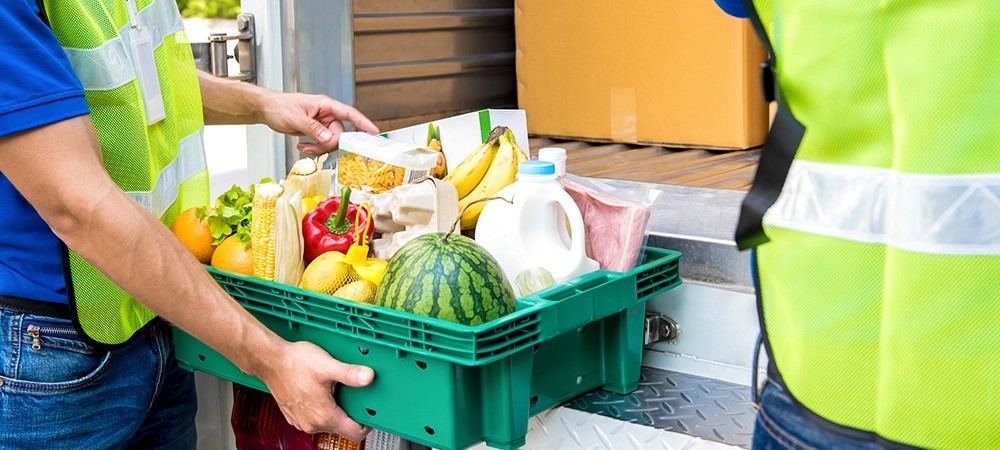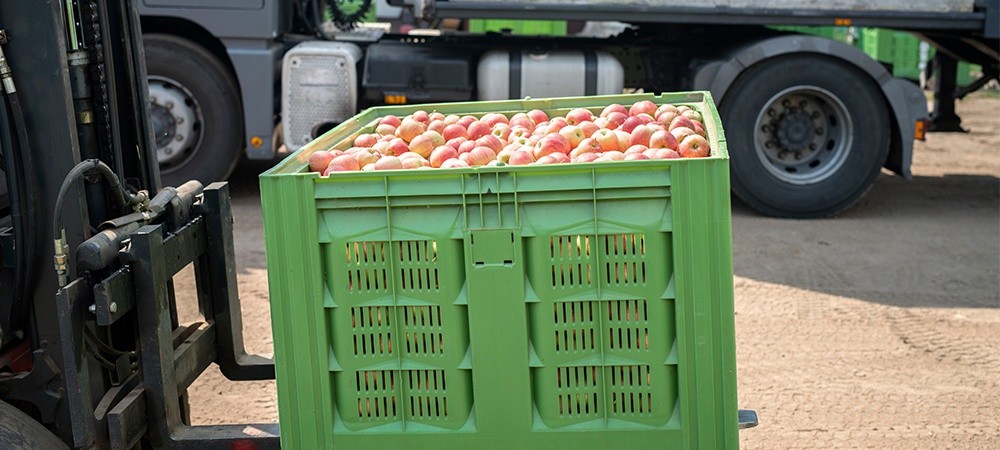As part of international trade, transporting goods across borders involves intricate regulations, requirements and considerations. These regulations are unique to food shipping from one country to the next.
Understanding these regulations when shipping food between Canada and the US is key for Canadians who wish to share their culinary creations.
When importing food into the US from Canada, it’s important to have all the necessary paperwork, as discrepancies may lead to issues at customs. Also, as a Canadian exporter, it’s important to be up-to-date on the latest Canadian export trends.
This article discusses everything you need about food exports from Canada to the US.
Navigating Culinary Crossroads: What Can Be Shipped?
Understanding what types of foods you can ship legally is at the core of food shipping across borders.
Non-perishable items, like packaged snacks and canned goods, tend to be straightforward, while shipping perishable goods from Canada, like fresh produce, dairy products or meat, require additional precaution.
Rigorous regulations exist to ensure these items arrive in pristine condition while meeting stringent safety and quality standards.
Also, when shipping food from Canada to the US, you must know about packaging and temperature requirements, paperwork, and export trends. Here’s what you need to know
Paperwork and Documents
Shipping food involves more than simply the physical movement of products – it also involves ensuring the necessary paperwork accompanies it. Accuracy and completeness in paperwork are essential to a smooth border crossing.
Spending on where your shipment originates, you’ll need invoices, certificates of origin, and import permits. Likewise, these documents will depend on product descriptions, quantities, declared values and declared value discrepancies. Any discrepancies may lead to delays, inspections or rejection at customs.
Food Packaging and Labeling Guidelines
Packaging and labelling are indispensable in protecting the quality and safety of food shipped across borders. Robust packaging that can withstand transportation is necessary for safeguarding goods against damage.
On the other hand, labels provide vital product details like ingredient lists, nutritional facts, allergen warnings, manufacturer contact details and contact details of the producer. Proper labelling enables consumers and regulatory authorities to make informed decisions regarding a product.
Temperature-Controlled Food Shipping
Temperature control is paramount when transporting perishable goods, from refrigerated trucks and containers to gel packs. Ensuring the food arrives at its destination as fresh and safe is no small matter.
Related Article: Common Challenges and Solutions for Cross-Border Freight Shipping

US FDA Import Requirements for Food Products
Food and Drug Administration (FDA), one of the key regulators for cross-border food shipping, has stringent import requirements.
These requirements ensure food products entering US markets meet strict safety and quality standards. Being familiar with this information is crucial, as failure to adhere can result in costly delays or shipment rejection altogether.
Removing Customs Obstacles
Customs clearance is the gateway to international travel and trade. The process involves declaring the shipment’s contents, paying any duties or taxes due, and receiving approval from customs officials.
While this can be a complex and time-consuming endeavour, partnering with an experienced customs broker will help navigate its regulations more smoothly. This way, you can be sure your shipment reaches its final destination without additional hurdles or delays.
Canadian Food Industry Insights on Export Trends
For successful cross-border food shipping, it’s imperative that Canadian exporters closely observe export trends within the Canadian food industry. Knowing which culinary delights garner consumer attention provides invaluable information that businesses seeking to break into US markets need.
By adapting products according to current trends, Canadian exporters can better position themselves for success while catering to American tastes as they change over time.
Finding the Right Shipping Partner: Your Culinary Companion
No matter how well-informed and experienced one may be, successfully shipping food from Canada to the US requires an expert and trustworthy shipping partner.
Look for an international shipping provider with extensive knowledge of regulatory requirements and a commitment to timely deliveries.
Having such an ally on board could make all the difference between an enjoyable shipping experience and one fraught with logistics challenges.
Related Article: Shipping Hazardous Materials from Canada to the US in 2023: A Complete Guide

Finding Success in Cross-Border Food Shipping
Cross-border food transport requires careful coordination among regulations, documentation and logistics. By understanding its intricacies and carefully completing paperwork requirements, Canadians can ensure their food shipment arrives with their flavour and integrity intact.
At RoadLinx, our international logistics expertise and dedication to excellence guarantee expert handling of your food shipments. We provide seamless food shipping from Canada to the US.
Let us be your partner in providing culinary excellence across borders. Contact us now at 905-760-1141.


